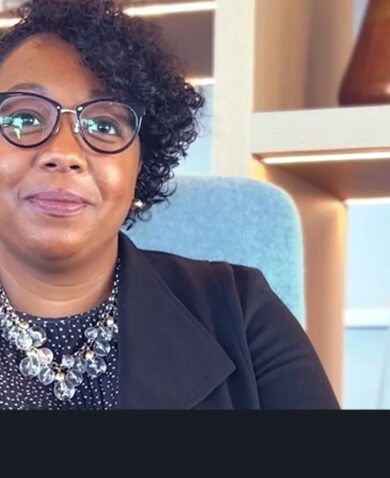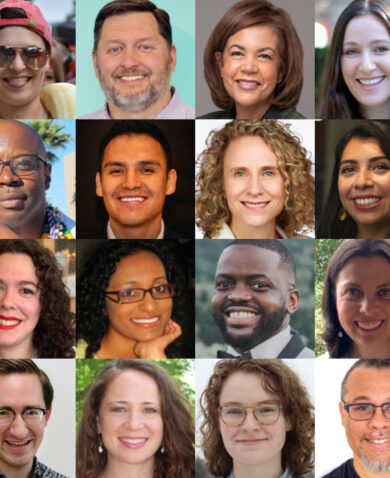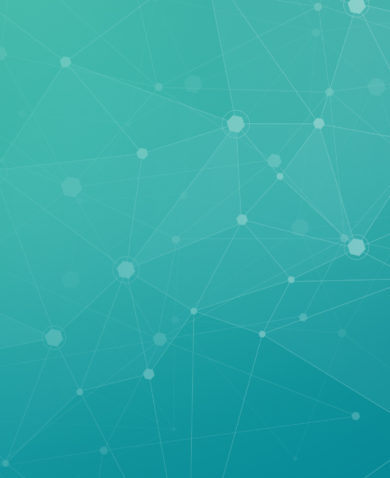Those wanting to tap into my experience starting D&I programs most frequently ask:
- Where do I start with my organization?
- What works (and where can I get some of that)?
- Should I implement unconscious bias training? (because everyone else seems to be doing it)
First, let’s set the record straight: I don’t have the magic answer because there is no one-size-fits-all approach to D&I. Each organization is different, including pain points and opportunities. What every organization needs to do, irrespective of size or budget, is find the opportunity in their business model and use their culture as a starting point to determine the best course of action. What works for me may not, in practice, work for you. I urge others to think about D&I as they would think about any other organizational change initiative. With that in mind, here are five fundamental questions organizations of any size should be asking when ready to start or expand their D&I programs.
1. What is your vision of success?
Success starts with a vision. If you don’t know where you are going, how will you know when you get there? It sounds straightforward enough, but this simple step can often be forgotten, especially when organizations are eager to jump to action. Some organizations falter by copying what others are doing and getting wrapped up in the latest D&I fad instead of first taking the time to define what D&I means for them. The foundation for any effective strategy is having an end point. Ask yourself: What would be different if your organization were more diverse, more inclusive? For example, would you have a more diverse talent pool? When people walk around your office would they feel like they belong? Would you be able to better tap into the diverse backgrounds of your employees and leverage differences to drive innovation? Only when you know what you want to achieve can you plan how to get there.
2. What structure would enable your D&I initiative’s success?
Stand-alone D&I programs have a greater chance of failure if they are not linked to what your organization cares about and how it operates. Take a good look at your business structure and processes. What mechanisms, systems, or people have been critical to the introduction of new ideas or change efforts in the past? Evaluating what has worked well in other areas can provide valuable insight into a starting point for D&I. Don’t assume that individuals will shift their behaviors without putting in place enabling systems and incentives. For example, look at how leaders are being held accountable for achieving other performance goals. Will this work for D&I too? Look at your core values. How is D&I reflected here and translated into supporting competencies and behaviors to become part of your organization’s fabric? How do your clients give feedback? Have you examined whether (and how) your clients are asking for more meaningful inclusion?
3. What are you going to prioritize?
When you do not have many resources, focus becomes of paramount importance. D&I programs fail when they are too ambitious and try to be everything for everybody. If you don’t have a big budget or team, start by prioritizing one thing. The key is to be relentless about it.
You do not need to start big — taking a phased approach is okay. I like to remind others (and myself) that success is progressive. A series of small actions can lead to big impact. And you can leverage your early success in one area as a platform to advocate for more resources and springboard into other areas. Don’t have enough bandwidth to integrate a D&I perspective in your entire catalog of trainings, for instance? Start with one course or pilot to a small group. Use focus and a small-scale start as an opportunity to experiment, tweak your approach, perfect messaging, and ultimately expand into other areas.
4. Who else, besides you, can contribute to your D&I efforts?
In culture building, everyone needs to be all in. So, it follows that building a diverse and inclusive workplace is the responsibility of everyone. Yes, everyone.
Even a chief diversity officer cannot do this alone. Leadership support is imperative, but don’t forget to identify other stakeholders and understand how you can activate them. Be deliberate and engage people around what they care about. You can amplify your reach by working through others — employee resource groups, executive sponsors, D&I committees, or task forces. Your champions can also be external — don’t overlook how your partner organizations, your clients, and your suppliers committed to D&I can contribute to your success by helping you better tailor your products and services to the diverse communities you serve and work in.
5. What information can you use to measure your D&I performance?
We need data to run every facet of our businesses and to make informed decisions, and D&I is no different. Understand what you are measuring — talent acquisition, employee retention, promotion rates, levels of employee engagement, pay equity — and track as you go. (This is why knowing your vision of success is fundamental.) Have a mindset of continuous improvement and use your key performance indicators to adjust along the way. Do this often and share your progress so employees understand and trust the work. Don’t be discouraged if your data is not perfect — it may not be kept in one single system, your reports may be ad hoc, and, in some cases, your data may not be tracked at all. My advice is to pick one data point you can measure and build over time. After all, it is better to start somewhere than not start at all.
Diversity and inclusion matters. It matters for people and the success of our organizations. Starting a successful D&I program is not easy. I like to think of it as both science and art. As practitioners, we sometimes lose sight of the fact that incremental change can be transformational change. So, whether you’re part of a small organization with no D&I program or part of a large one that’s already well on its way, do not let challenges stop you from moving forward. On my desk I have a small, tattered canvas printed with the words “begin anywhere.” I use this as my daily reminder that we can’t get ahead without getting started.
Posts on the blog represent the views of the authors and do not necessarily represent the views of Chemonics.













































